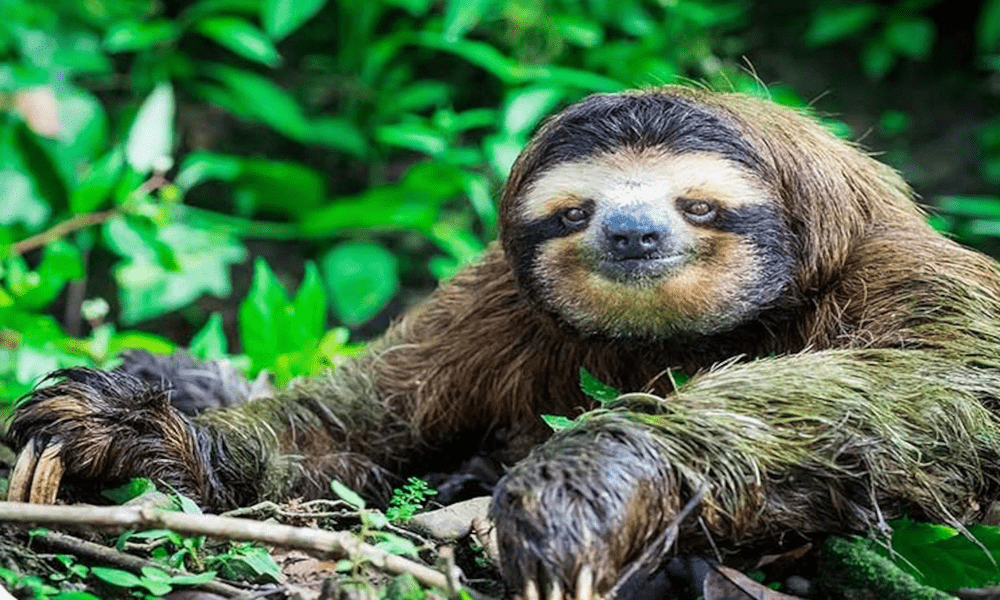
Table of contents
Introduction to Arboreal Life
Arboreal life encompasses species that thrive in trees, including animals, plants, and their unique habitats. Trees provide essential resources like food, shelter, and nesting sites, shaping diverse ecosystems. This page delves into the intriguing world of arboreal creatures and plants, offering insights and a fun word search puzzle focused on arboreal animals.
Arboreal Animals
Arboreal animals are adept at living in trees, equipped with specialized adaptations for climbing and survival.
Examples:
Sloths
- Sloths inhabit Central and South American rainforests.
- They spend up to 20 hours a day sleeping in trees and descend only to defecate weekly.
Lemurs
- Lemurs are endemic to Madagascar, with over 100 species ranging in size.
- They play crucial roles in their ecosystem by dispersing seeds and maintaining biodiversity.
Gibbons
- Gibbons are found in Southeast Asian forests, known for their distinctive vocalizations.
- Their acrobatic abilities allow them to swing gracefully between branches.
Chameleons
- Chameleons, found in Africa, Madagascar, and Asia, change color for communication and thermoregulation.
- Their long, sticky tongues capture prey with precision.
Tree Kangaroos
- Tree kangaroos are native to Australia, Papua New Guinea, and Indonesia’s rainforests.
- They leap between trees using strong forelimbs and a balancing tail.
Flying Squirrels
- Found worldwide in forests, flying squirrels glide using patagia skin flaps.
- They maneuver adeptly through trees, despite not flying in the conventional sense.
Koalas
- Koalas, native to Australia, feed exclusively on eucalyptus leaves and sleep up to 20 hours daily.
- Their unique digestive system detoxifies the leaves’ toxins.
Tarsiers
- Tarsiers inhabit Southeast Asian forests, known for their large eyes and nocturnal behavior.
- They rely on excellent night vision to hunt insects.
Spider Monkeys
- Spider monkeys, native to Central and South American forests, maneuver with their long limbs.
- Their prehensile tail acts as an extra limb for swinging through trees.
Orangutans
- Orangutans, the largest arboreal animals, reside in Borneo and Sumatra.
- Males can weigh up to 220 pounds, displaying remarkable intelligence and tool use.
Arboreal Plants
Arboreal plants thrive on trees, adapting to obtain nutrients and water from the air and surroundings.
Examples:
Epiphytes
- Orchids and bromeliads are examples of epiphytes, thriving on other plants.
- They absorb moisture and nutrients from the air, contributing to the canopy’s biodiversity.
Mistletoe
- Mistletoe, a hemiparasite, attaches to tree branches and relies on birds to spread seeds.
- It extracts water and nutrients from its host tree.
Spanish Moss
- Spanish moss drapes trees, absorbing moisture and nutrients from the air.
- Despite its name, it’s related to pineapples and regulates tree humidity.
Strangler Figs
- Strangler figs start as epiphytes and gradually envelop their host tree roots.
- They provide habitats for diverse species and shape forest dynamics.
Tillandsias
- Air plants like tillandsias thrive without soil, absorbing water through specialized leaves.
- They adorn many surfaces and require minimal maintenance.
Lichens
- Lichens, symbiotic organisms of fungi and algae, grow on tree bark.
- They contribute to soil formation and thrive in diverse environmental conditions.
Ferns
- Certain ferns grow as epiphytes on tree trunks, capturing and storing moisture.
- Staghorn ferns, popular for their antler-like appearance, enhance arboreal diversity.
Rhipsalis
- Rhipsalis, or mistletoe cacti, grow in rainforest canopies, absorbing moisture from the air.
- They thrive with minimal soil, contributing to forest resilience.
Hoya
- Hoya plants, or wax plants, grow as epiphytes with fragrant star-shaped flowers.
- They are resilient and popular in indoor gardening for their ornamental value.
Dischidia
- Dischidia plants are epiphytes with specialized leaves for water storage.
- They offer shelter to ants and thrive in humid arboreal environments.
Arboreal Habitats
Arboreal habitats refer to ecosystems within and around trees, providing essential resources and shelter for diverse species.
Types of Habitats:
Rainforests
- Rainforests feature dense canopies and harbor 70% of the world’s arboreal species.
- They play crucial roles in climate regulation and biodiversity conservation.
Woodlands
- Woodlands support a mix of arboreal and terrestrial species, fostering biodiversity.
- They provide habitats for wildlife and contribute to ecological balance.
Mangroves
- Mangroves are coastal arboreal ecosystems vital for marine and terrestrial species.
- They protect coastlines, filter pollutants, and provide nursery grounds for marine life.
Word Search Puzzle
Enjoy an interactive word search puzzle focused on arboreal animals. Test your knowledge and have fun finding names of various tree-dwelling creatures.
References
We also recommend the following post for you:















